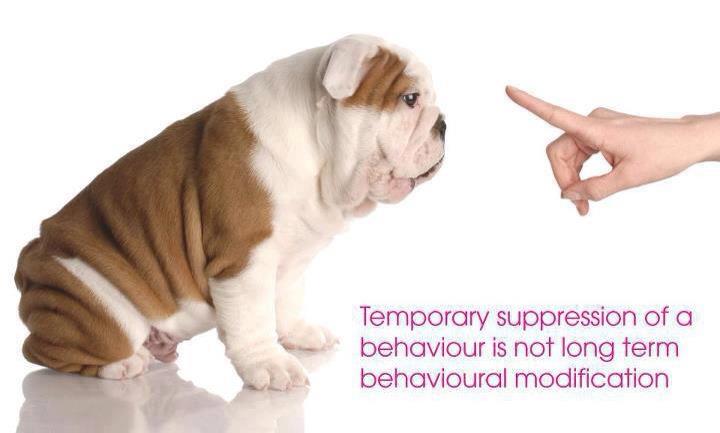Harsh methods of animal training have been around for thousands of years. Many people today are finding that newer teaching techniques enable their students - dogs, dolphins, horses, pigs, parrots and people - to learn willingly in ten minutes what traditionally used to take ten days.
As a result an increasing number of ‘command based’ traditional dog trainers - some of whom have reached the highest standards in obedience competitions - have changed over to positive reinforcement training procedures. To their surprise they have discovered them to be equally if not more effective and certainly more time efficient.
Their enjoyment of the new training processes, their approach to learning and their philosophy and vocabulary have changed. 'Command' and 'obedience' become 'cue' and 'good manners', while 'correct' and 'dominate' change to 'show' and 'motivate'.
Like many of the younger generation of modern trainers who have known no other training methods, these older trainers have reached new heights that they never previously dreamed possible. They have come to realise, often with initial reluctance, scepticism and surprise that:
- Punishment, such as pulling on a check chain or giving an electric shock and the negative reinforcement - i.e. when the pressure is released or the current is turned off - teaches a dog how to learn by avoiding something mildly unpleasant or highly aversive.
- It is basically unfair to teach a new behaviour by eliminating all unwanted behaviours through harsh words, reprimands, punishment and negative reinforcement. It is fairer, and far quicker, to eliminate guesswork by teaching the right behaviour in the first place.
- Dogs that are compulsively trained often offer minimal compliance. Some dogs that appear to work brilliantly in reality just do enough to get by to avoid a correction. These same dogs, if trained differently and encouraged to use their initiative and make mistakes, would undoubtedly learn faster and perform even more brilliantly.
- The correct use of a marker signal, such as a clicker, followed immediately by a food treat, pat or praise teaches a dog what is desirable behaviour (e.g. an eight week old puppy peeing in the right place). It considerably speeds up learning and reduces significantly the time taken to train a new behaviour.
- "No", by definition, is negative.”No", or its equivalent word in any other human language, comes with a lot of emotional body language. Saying “No!” loudly or crossly might let a dog know his owner is angry and upset. Even if it temporarily interrupts the behaviour (and may therefore make the owner feel good about his or her dog training prowess) “No!” does not teach a dog what behaviour TO DO instead.
- People often confuse lack of response with disobedience, rather than with lack of understanding. So in frustration they increase the frequency and intensity of the punishment by shouting louder, pulling harder - sometimes both - or turning up the voltage. A great deal of dog training has more to do with an owner's ego than with education of the dog and, in reality, much of it is abuse.
- If dogs are punished for incorrect behaviour, they often become stressed. When pain or fear is introduced into training an animal starts to wonder what is going to happen to it next. Its mind is elsewhere and so it does not - and cannot - concentrate properly.
- When they are frightened, unclear and confused as to what is required of them some dogs give up and shut down completely to avoid potentially unpleasant consequences. (Some popular TV trainers mistakenly believe this is being “calmly submissive” and that the dog's behavioural problems are cured.)

- Dogs, like people, learn best when there is a relationship based on absolute trust between teacher and student. When there is a war of wills trust usually disappears.
- Correction based training at group classes is often not much fun or motivating for either the owner or the dog. It can become a chore for the owner and dreaded by the dog. Consequently the dropout rate is high, all efforts at "training" cease and the unfortunate dog has no option but to self-train for the rest of his life. Often he or she ends up in all sorts of trouble.
When dogs learn because they HAVE TO, they learn unwillingly and often soon forget. With positive reinforcement training - especially when used in conjunction with a marker signal that pinpoints the precise required muscle movement before the delivery of the praise, pat or food treat - dogs look forward eagerly to training as one of the highlights of their day. They learn willingly, they remember what they have learned and their repertoires of reliably performed ‘on cue’ behaviours is large because they WANT TO learn.
© Oliver Beverly, C.L.E.A.R. Dog Training, Brisbane


